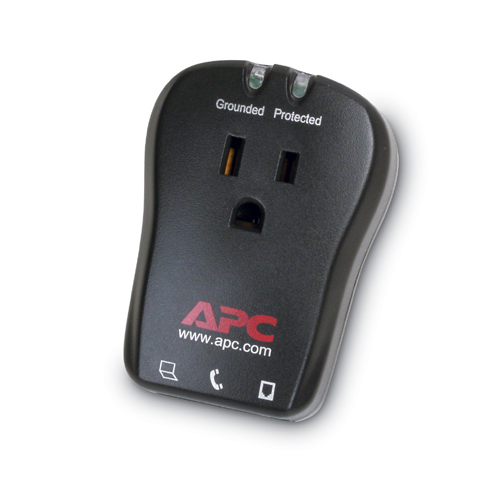toasty
Well-known member


Do you use a surge protector on your lev1 EVSE chargers?
I was thinking of using one, when I plug in (in the wild to random outlets).
If so what brand/model/price/specs?



Any protection on the power cord is already done better inside the appliance. Your concern is a rare anomaly, maybe once every seven years, that can overwhelm that internal protection.ERG4ALL said:I've never used one and for six months out of the year the L1 is all I've ever used and have had no problem, although I must admit the far majority of that charging is at my home where the utility put some sort of surge protector at the main panel many years ago.
Nothing stops or blocks such surges. Especially not protectors. If a surge is hunting for earth ground, then connect it to earth ground BEFORE it can enter the building.
Most all questions should address the "art" of protection - the earthing electrode and the connection to it.
A protector is only as effective as its earth ground.
KillaWhat said:I had panel protection on the Main, and 3 sub-panels; 1 per phase.
7 out of 8 surge cans were destroyed.
We found things that were damaged for months.
Protectors have a failure indicator light.
Enter your email address to join: